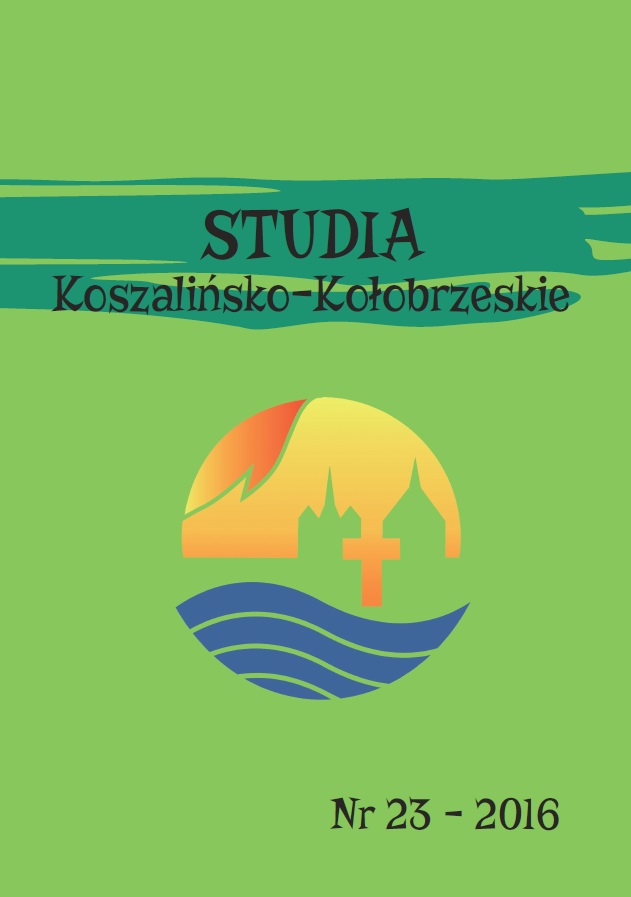Rzeczowniki ʽm i gwy w hebrajskiej wersji Ewangelii wg św. Mateusza (ShemTob)
Nouns ʽm and gwy in the Hebrew version of the Gospel according to St. Matthew (ShemTov)
Author(s): Piotr GoniszewskiSubject(s): History, Philosophy, Social Sciences, Language studies, Language and Literature Studies, Psychology, Studies of Literature, Theology and Religion
Published by: Wydawnictwo Naukowe Uniwersytetu Szczecińskiego
Keywords: Christian-Jewish Dialogue; Gospel according to St. Matthew; Hebrew Gospels; Jewish-Christianity; Judaism
Summary/Abstract: The following article focuses on the two Hebrews nouns, ʽm and gwy, in the Hebrew version of the Gospel according to St. Matthew (ShemTov). In the first three sections we present the presence of nouns ʽm and gwy in the Hebrew Bible, the Dead Sea scrolls and rabbinical literature. Then, we make a brief introduction to the Hebrew Gospel of St. Matthew (ShemTov) and we analyze the terms in the text. In MtShemTov term ʽm is ambiguous and could mean: Israel as the chosen people of God (1.21; 4.16; 13,14.15; 15.8, 27.25), a group of different peoples (10.22; 21.13 ; 24,9; 27,27), and a community of people, mostly members of Israel (3.10; 4.23; 7.28; 14.5; 14.14; 14.19; 15,30.31.33.35.36; Mc 9.25; 20.34; 21.11; 23.1; 26.5; 27.20; 27.24; 27.27; 27.64; in the construction smichut: 16,21; 21, 23; 26,3.47; 27,3.12.41; 28,12). The second noun, gwy, in MtShemTov is used to refer to the pagan nations (4.15; 10,5.18; 12,18.21; 20,19.25; 21.43; 24,7.14; 25.32). Both nouns, ʽm and gwy, are related to the problem of the relationship between Israel and the Gentiles, which may shed more light on the genesis of MtShemTov and Sitz im Leben of this text.
Journal: Studia Koszalińsko-Kołobrzeskie
- Issue Year: 2016
- Issue No: 23
- Page Range: 11-29
- Page Count: 19
- Language: Polish

